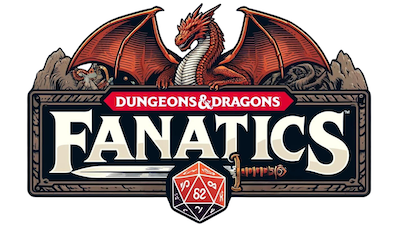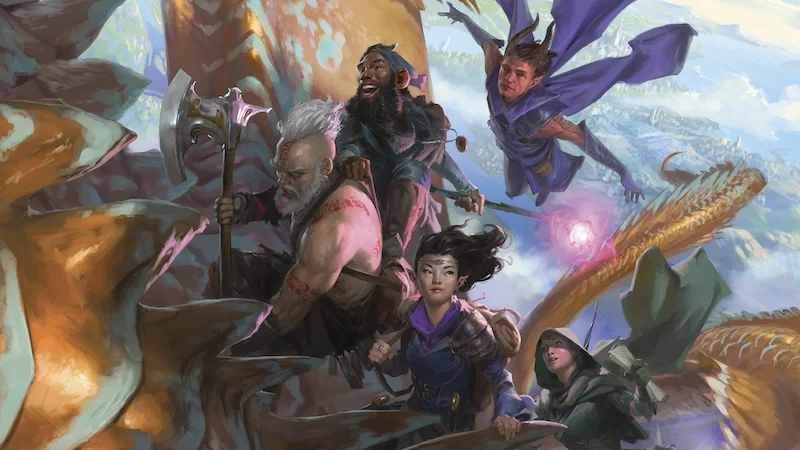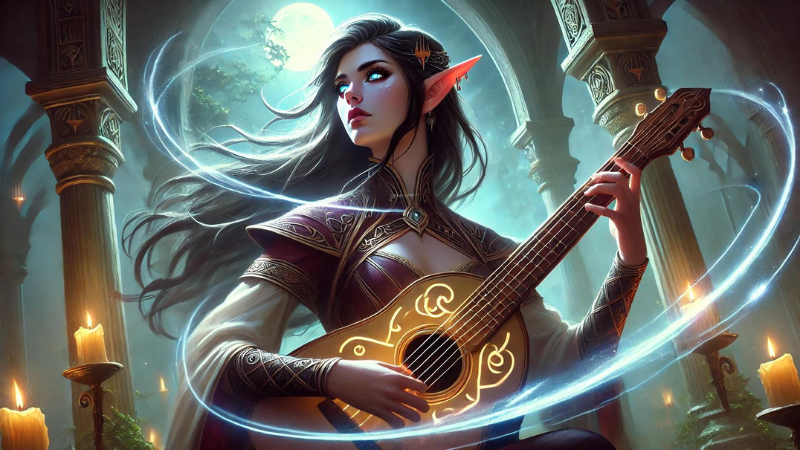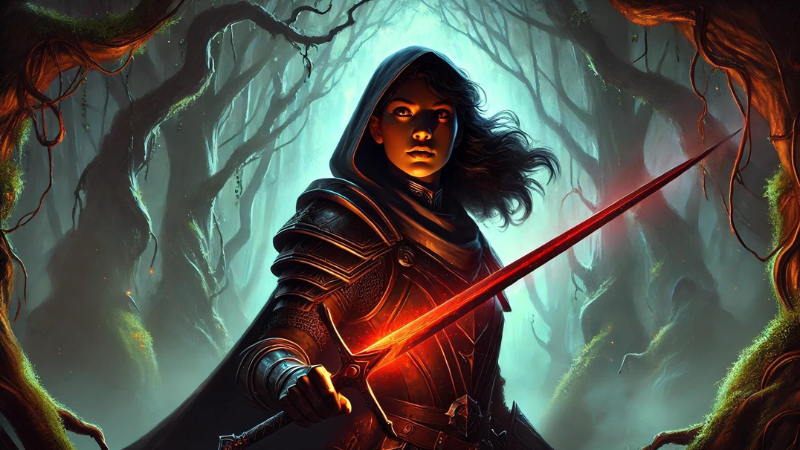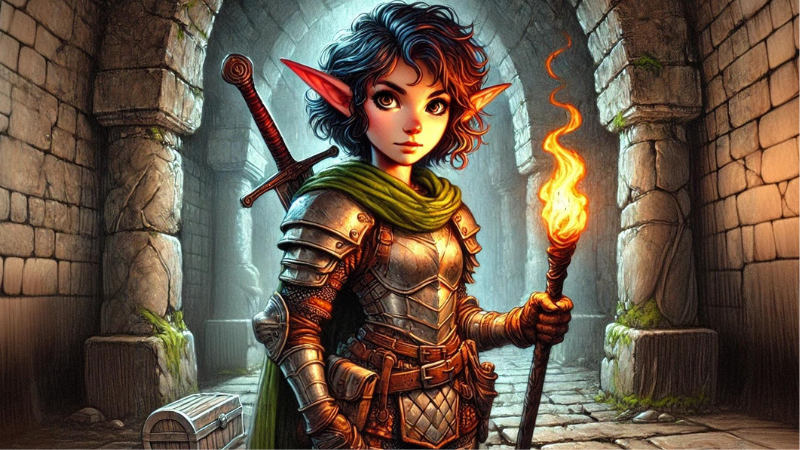

DnD 5e Surprise Rule Gets Major Update
As an Amazon Associate I earn from qualifying purchases.
in DnD 5e, Surprise is one of those rules that seems straightforward at first glance, but can actually be a little tricky when implemented during gameplay. What’s more, over the years major issues with the rule have become more apparent, with the potential for it to completely unbalance encounters.
Those are critical issues that Wizards of the Coast seeks to address in the new 2024 Player’s Handbook, with the core rules introducing a completely new way to handle Surprise in DnD 5e that’s designed to rebalance combat.
So just what’s changed and how will it impact your game? The answers may surprise you.


How did Surprise work in the old DnD 5e rules?
In the official 2014 DnD 5e rules, Surprise is described as follows:
The DM determines who might be surprised. If neither side tries to be stealthy, they automatically notice each other. Otherwise, the DM compares the Dexterity (Stealth) checks of anyone hiding with the passive Wisdom (Perception) score of each creature on the opposing side. Any character or monster that doesn’t notice a threat is surprised at the start of the encounter.
If you’re surprised, you can’t move or take an action on your first turn of the combat, and you can’t take a reaction until that turn ends. A member of a group can be surprised even if the other members aren’t.
This means that any creature with the Surprised condition is essentially totally helpless, which means that in many players could wipe out their enemies in a single round of combat, with their opponents unable to get off a single hit. At the same time, a Surprised group of players finds themselves at an incredible disadvantage, with the possibility of a total party kill in a single round.
This lack of balance is something that Wizards of the Coast is seeking to address in the new 2024 DnD 5e rules.


How does Surprise work in the new DnD 5e rules?
In the new 2024 DnD 5e rules, Surprise is significantly less powerful. The DM compares the Dexterity (Stealth) checks of anyone hiding with the passive Wisdom (Perception) score of each creature on the opposing side. Any character or monster that doesn’t notice a threat is Surprised at the start of the encounter.
The difference in the rules is that if a creature is Surprised they have disadvantage on their Initiative roll at the start of combat. This means it’s less likely for the side with the element of Surprise to completely wipe out their opponents.
Notably, some classes and subclasses can still take advantage of Surprise. The Champion Fighter subclass for example, always has advantage on Initiative, which means that they can effectively negate being Surprised, adding a signifiant benefit to the new DnD 5e Fighter.


Final Thoughts
It’s great to see Wizards of the Coast addressing a rule that was often unbalanced and unfun. It’ pre-order now on D&D Beyond and Amazon.
Below is also a video from the official D&D Beyond YouTube channel that features an interview with lead designer Jeremy Crawford who discusses the new DnD 5e Surprise rules as part of a larger overview of the new Fighter Champion Subclass (for ease of reference we’ve time stamped it to where Crawford covers the new rules).
More D&D News Coverage
For more from the world of Wizards of the Coast, visit our D&D News page.


